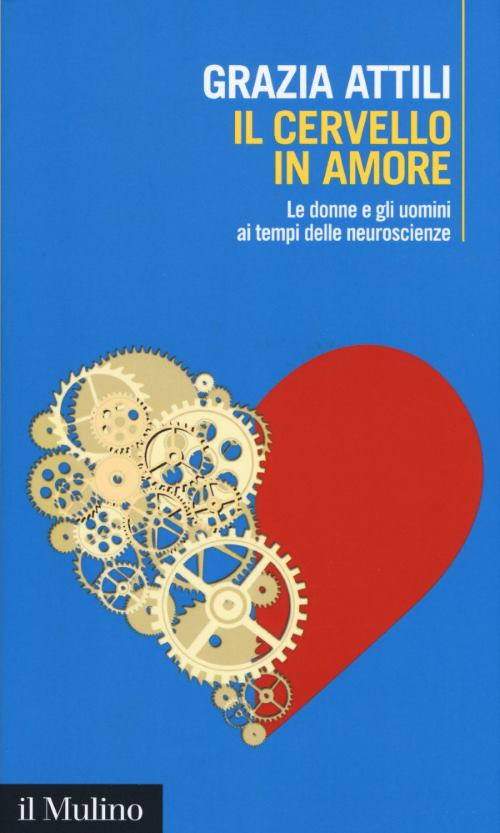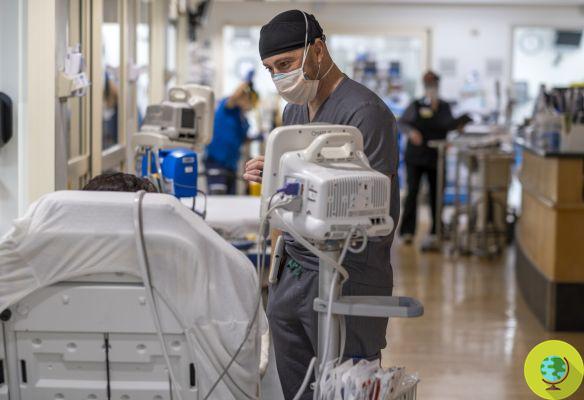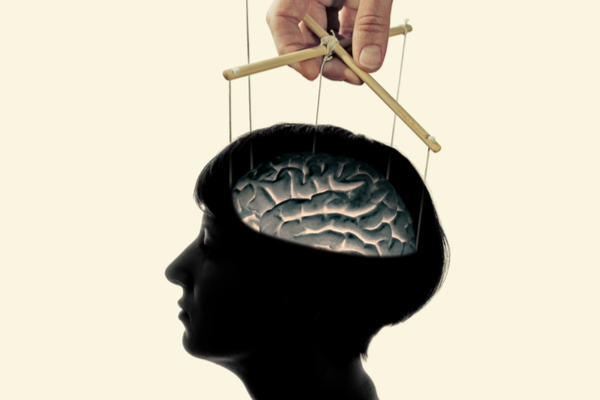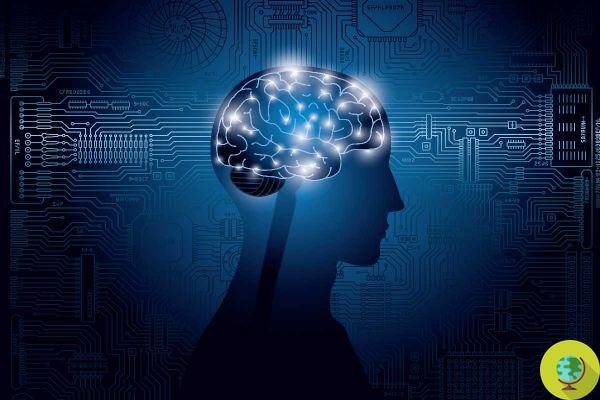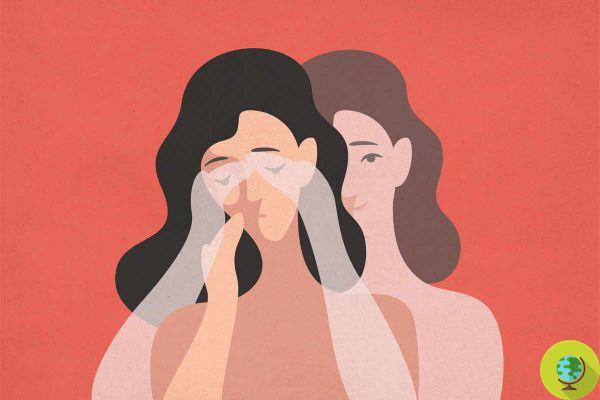
A study identified the area of the brain (the gray periaqueductal region) that mediates human spirituality and religiosity
Don't store avocado like this: it's dangerousWe hardly think of spirituality or religiosity as something that can be defined with scientific criteria. However, some research has tried to identify the brain areas that mediate these characteristic aspects of the personality of so many of us and now, for the first time, a new study has found a specific brain region that deals with just this.
Scientists have long suspected that religiosity and spirituality may also be somehow mapped to specific brain circuits, but the location of those circuits until now has remained unknown.
But now a study, which used a new technology and the human connectome (a map of neural connections), has managed to identify a fundamental brain circuit for developing our spirituality.
This circuit is found in a region of the brain stem called periaqueductal gray (PAG) and it is precisely here that, according to the study conducted by Michael Ferguson, PhD, a researcher at the Center for Brain Circuit Therapeutics at Brigham and Women's Hospital, religiosity and spirituality in humans are mediated.
Previous research has indicated that religious experiences are not the product of a particular brain region but that spirituality likely arises from dynamic activity in multiple brain regions.
To delve into the subject and come to the discovery of the aforementioned brain circuitry, Dr. Ferguson's team examined previously collected data on self-reported spirituality from 88 patients, before and after undergoing surgery for a brain tumor.
The researchers used a technique called lesion network mapping to analyze how each patient's lesion site, or tumor, interacts with the rest of the brain using a connectome dataset. That analysis revealed that the PAG is a critical hub for changes in spiritual identification.
The team then confirmed the importance of PAG by analyzing previously collected data from 105 Vietnam War veterans who had suffered head trauma.
The PAG is an evolutionarily ancient brain structure known for its important role in fear responses and autonomic functions such as heart rate regulation. PAG is probably best known and best studied for its role in relieving pain by triggering the release of endogenous opioids, the pain killers of the brain.
Researchers were surprised to find the circuit of spirituality focused on the PAG, rather than on the "higher" brain regions such as the cortex, which is usually associated with cognitive function and abstract thinking.
Dr Ferguson said:
The fact that our findings in this study point to such an evolutionarily ancient brain stem structure to define a circuit for spirituality is potentially significant for a number of reasons. Among the most immediately material reasons is that [PAG] is known to mediate the inhibition of pain. This leads to curiosity about ways in which spirituality might be clinically relevant to help manage physical and emotional pain. The fact that [PAG] is also involved in attachment and bonding may also suggest mechanistic explanations for the emerging observation that spirituality can be effectively integrated into psychotherapy. These are obviously the first speculations on the possible clinical relevance for the neuroscience of spirituality; the fact, however, that there is a lot more work to be done in this area is motivating!
Researchers have long believed that there are circuits capable of regulating spirituality and religiosity, also considering that some mental and neurological diseases can be associated with alterations in religious experiences, such as hallucinations or delusions.
Of course this does not mean that, according to the study, religion or spirituality in healthy people is in any way abnormal. Rather the research is important as it has succeeded in identifying the circuits in the brain that allow us to have religious or spiritual experiences.
Follow us on Telegram | Instagram | Facebook | TikTok | Youtube
Fonte: Biological Psychiatry
Read also:
- Are you left handed? It's all about genes and brain asymmetry according to this new study
- Are you having difficulty learning a new language? The fault is in your brain
- 5 signs that your brain is not healthy (and how to fix it)








